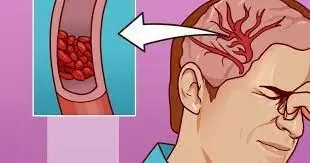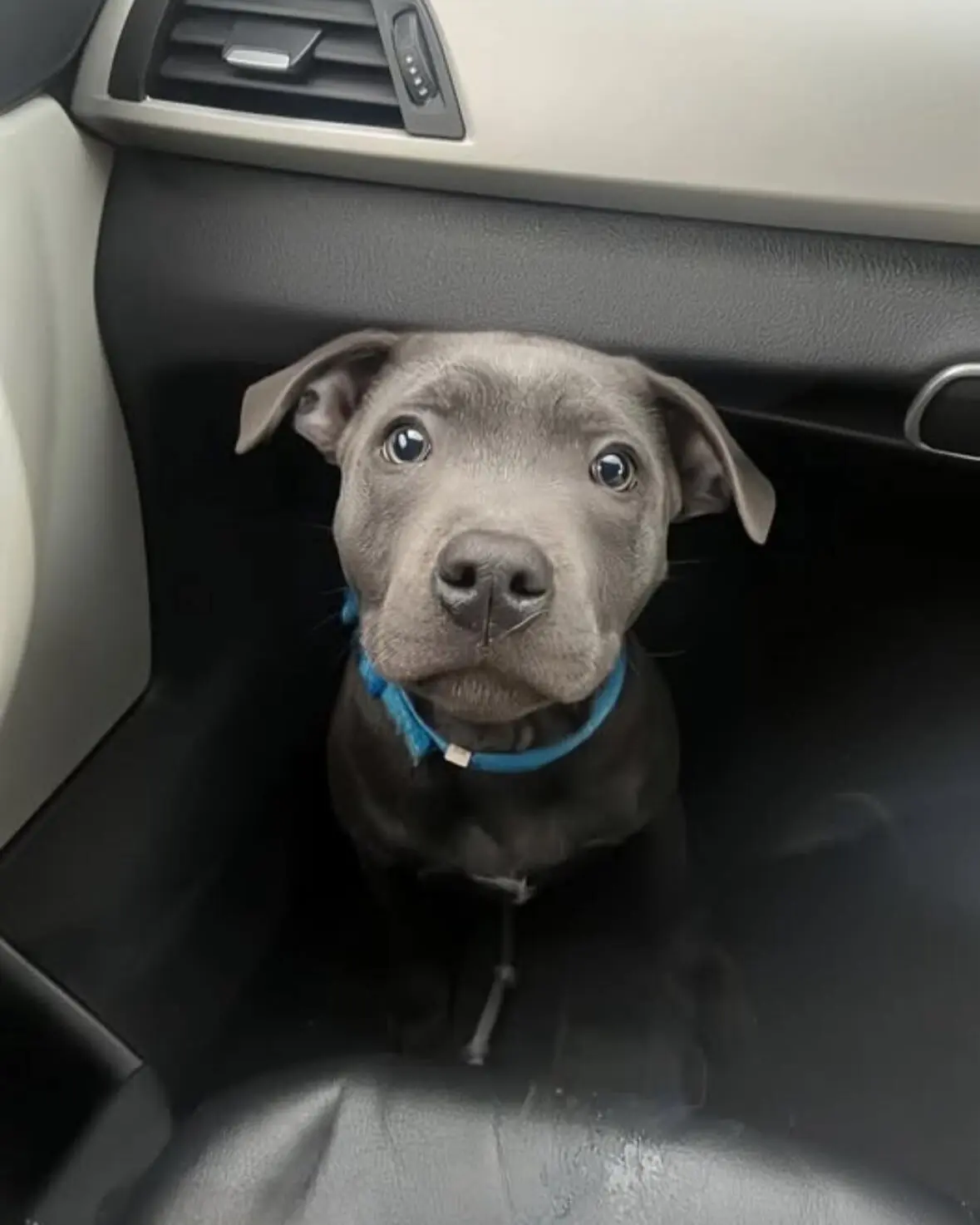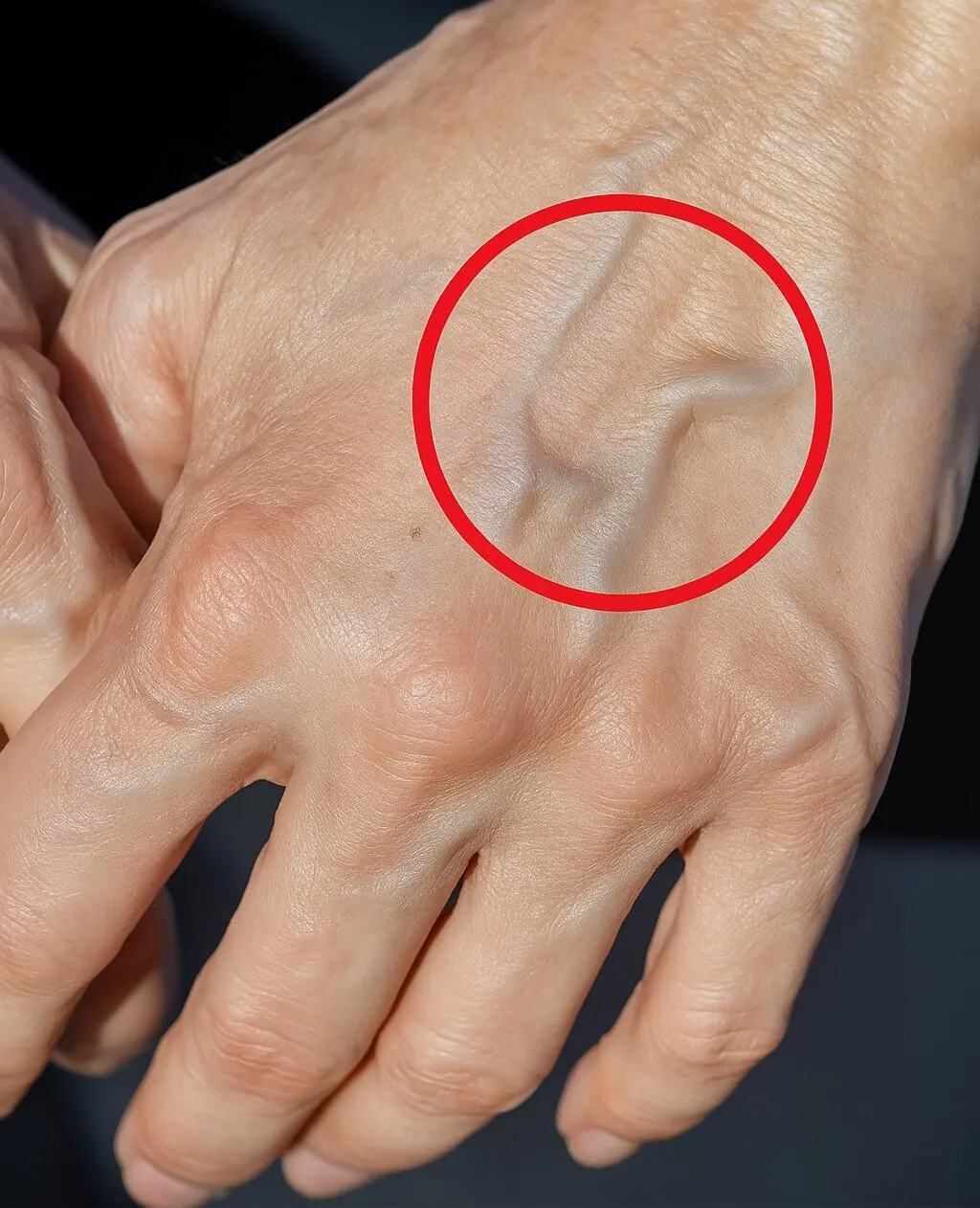
11 Heartbreaking Yet Essential Signs Your Dog May Be Nearing the End — And How to Give Them Comfort Until the Last Moment
Saying goodbye to a beloved dog is one of the hardest realities any pet owner will ever face. While we wish they could stay forever, our loyal companions eventually reach the final chapter of their lives — often with subtle signs before the end.
Recognizing these changes early allows you to provide comfort, love, and dignity in their last days. Here’s how to spot the most telling signs your dog is approaching the end, along with tips to make every remaining moment count.

- Extreme Fatigue or Weakness
One of the most noticeable signs is persistent exhaustion. Your once-energetic dog may lose all interest in walks, games, or even greeting you at the door. Favorite toys remain untouched, and getting up might take visible effort.
You may find them spending hours in the same spot, rarely shifting position. While it’s natural for senior dogs to slow down, this deep fatigue often means their body is struggling to keep basic systems running.
What to do: Provide orthopedic bedding, help them reposition, keep them warm, and make sure food and water are within easy reach.
- Loss of Appetite
When a dog refuses food — even their favorite treats — it’s often a sign something is seriously wrong. They might sniff their bowl, take a few bites, then walk away. Drinking water may also decrease, leading to dehydration.
This change is rarely about being “picky.” It’s usually a sign of discomfort, nausea, or the body naturally shutting down.
Tip: Offer small portions of high-value, soft foods like boiled chicken, canned pâté, or bone broth. Warming food slightly can boost aroma and encourage eating.

- Difficulty Breathing
Labored breathing, shallow breaths, or long pauses between breaths are red flags. Some dogs may pant excessively at rest, cough, or seem unable to get enough air.
You might notice their chest moving in irregular rhythms or hear wheezing. These symptoms can be distressing and often signal that the heart, lungs, or other vital systems are failing.
When to act: If breathing becomes painful or extremely labored, contact your vet immediately.
- Changes in Bathroom Habits
Loss of bladder or bowel control is common in a dog’s final stage of life. They may have accidents indoors, go less frequently, or struggle to urinate or defecate. You might find wet spots where they’ve been lying.
This isn’t misbehavior — it’s the result of weakening muscles and declining body function.
Comfort tip: Use washable pee pads, dog diapers, or absorbent bedding to keep them dry and prevent skin irritation.

- Withdrawal from Social Interaction
A dog near the end may seek solitude, avoiding people and other pets. They may stop responding to their name, appear disoriented, or seem “lost” in familiar places.
This isn’t rejection — it’s a natural coping mechanism and a way to conserve their remaining energy.
How to respond: Respect their space but remain close. Quiet companionship can be more comforting than constant engagement.
- Loss of Interest in Favorite Activities
A dog who once ran to the door at the jingle of a leash might now stay curled in bed. They may no longer react to toys, car rides, or visitors.
This withdrawal reflects a deeper shift — they’re simply not finding joy in the world as they once did.
- Significant Weight Loss and Muscle Wasting
Even with occasional eating, a dog may lose weight rapidly. The ribs, spine, and hips can become more visible as muscle tissue breaks down for energy.
This physical change often occurs alongside reduced mobility and weakness.

- Trouble Standing or Moving
Arthritis, nerve damage, or general frailty may cause your dog to collapse when trying to stand, or they may stop trying entirely.
Walking can become painful, and even shifting positions in bed can be difficult.
Support tip: Use a sling or towel under their belly to help them walk short distances. Keep essentials close to their resting area.
- Changes in Body Temperature
In late-stage decline, circulation slows, making ears, paws, and tails feel cold. They may shiver despite warm surroundings, or conversely, pant excessively if they overheat easily.
Comfort measure: Wrap them in soft blankets (avoid heating pads to prevent burns) and maintain a stable room temperature.
- Glazed or Unfocused Eyes
Cloudy, glassy, or unfocused eyes can indicate reduced brain function, dehydration, or low blood pressure. They may stop following movement or appear to stare into space.

- Seeking Quiet Hiding Spots
Many dogs instinctively seek secluded areas like under furniture, in closets, or behind bushes. In nature, this behavior helps protect them when vulnerable — but in the home, it’s a sign they’re preparing for rest.
What to do: Gently encourage them to remain in a safe, comfortable space near you, where you can monitor them and offer comfort.
Final Thoughts — Giving Love Until the Last Breath
When you notice these signs, your role transforms from caregiver to emotional anchor. This is the time to be fully present — offering touch, reassurance, and unconditional love.
No checklist can erase the pain of saying goodbye, but awareness helps ensure your dog’s final days are peaceful and dignified.
They gave you a lifetime of joy, loyalty, and unconditional love. The greatest gift you can give in return is to be there — sitting quietly by their side, whispering that they are loved until the very end.
News in the same category


The Truth About Eating the Black Vein in Shrimp Tails

This is why you should keep the bathroom light on when sleeping in a hotel
Leaving your hotel bathroom light on at night might seem unnecessary, but it could be a small habit that makes a big difference for your comfort and safety. From preventing nighttime accidents to deterring intruders, experts say this simple tip can protec

The Mystical Gaboon Viper, Master Of Disguise And Deadly Accuracy

If You See Square Waves Forming In The Ocean, Get Out Of The Water Immediately

A Greenland Shark Born in 1620 is Still Alive Four Centuries Later

15 Things You Should Never Plug Into A Power Strip

China is Developing a Levitating Train That Could Travel From New York to Chicago in Just Two Hours

The world’s oldest woman, who lived to 117, ate the same meal every day throughout her life
Emma Martina Luigia Morano, the world’s oldest woman at the time of her passing, credited her extraordinary 117 years of life to a mix of genetics, resilience, and one very peculiar daily diet. Her remarkable story spans two World Wars, personal tragedy

TikTok’s ‘Vabbing’ Trend Sparks Debate: Does It Attract Partners?

In Sweden, You’re Not Allowed to Leave Your Dog Alone for More Than Six Hours, Here’s the Reason

A A tendon raises up when you touch your pinky to your thumbraises up when you touch your pinky to your thumb

The Hidden Meaning Behind Leg-crossing — It’s More Than Just Comfort

The Sh0cking Truth Behind Your Ankle Bracelet And What It Reveals About You — It’s More Than Just Jewelry
For many, an ankle bracelet is just a delicate, eye-catching piece of jewelry. But behind its shimmer lies a rich tapestry of history, tradition, and hidden symbolism that stretches across cultures and centuries.

Lost Underwater City Near Noah’s Ark Site Could Rewrite Biblical History Forever
The discovery of an underwater city found by the 'resting place of Noah's Ark' is a revelation that may lead to the Bible story being re-written.

Harvard Professor Warns: Object Heading Toward Earth Could Be Something Beyond Nature
A massive interstellar object, 3I/ATLAS, is racing toward Earth, and one Harvard astrophysicist believes it may not be natural. With missing comet features and a suspicious trajectory, experts are now debating whether it could be an engineered spacecraft.

Mass Panic as ‘New Baba Vanga’ Predicts Majo Disasters Striking in Just One Month
A chilling prophecy from Japan’s so-called “New Baba Vanga” has triggered widespread fear and mass trip cancellations. Tourists are now abandoning travel plans as the forecast warns of a catastrophic natural disaster hitting in early July 2025.

What Is SPAM Meat? History, Origin, Ingredients, and How It Became a Global Food Icon
SPAM — the world-famous canned meat — has been sold over 8 billion times and is loved in more than 40 countries. From its humble beginnings during the Great Depression to its role in World War II, here’s the complete story of SPAM’s origin, ingred

Scientists Reverse Aging of a 53-Year-Old’s Skin Cells to That of a 23
News Post

10 Symptoms That May Reveal Health Problems

Experts warn: Don’t swap your oven for an air fryer

Get Rid of Throat Mucus Faster With These Home Treatments (Evidence Based)

Clear Throat Mucus Fast With These Tried-and-Tested Remedies They Don’t Want You to Know

9 Warning Signs of Magnesium Deficiency You Shouldn't Ignore

Poor Postcancer Surgery Outcomes Tied to 3 Factors

Teamwork Boosts Primary Care Doc Job Satisfaction, Cuts Stress

HIV Was Successfully Eliminated from Human Immune Cells Using CRISPR Gene Editing in Landmark Study

Scientists Discover An “Off Switch” For Cholesterol—And It Could Save Millions Of Lives

How to Treat Urinary Tract Infection (UTI) Naturally According to Science

4 Common Causes of Body Pain on the Right Side

The Truth About Eating the Black Vein in Shrimp Tails

12 Subtle Vitamin D Deficiency Symptoms That Most People Ignore

What Your Heart Experiences When You Drink Energy Drinks

How to Eat Right for Your Blood Type

Eyes Full of Hope, Heart Full of Trust.

When to Worry About Veins That Appear Out of Nowhere

This is what sleeping on the left side does for our brain, stomach & glymphatic health
Sleeping position might be the last thing you think about before bed, but it can have a powerful impact on your health. Experts say that lying on your left side could improve digestion, support brain detox, ease back pain, and even enhance circulation.

I Haven’t Seen My Daughter in 13 Years — Then a Letter Arrived from a Grandson I Never Knew

This is why you should keep the bathroom light on when sleeping in a hotel
Leaving your hotel bathroom light on at night might seem unnecessary, but it could be a small habit that makes a big difference for your comfort and safety. From preventing nighttime accidents to deterring intruders, experts say this simple tip can protec